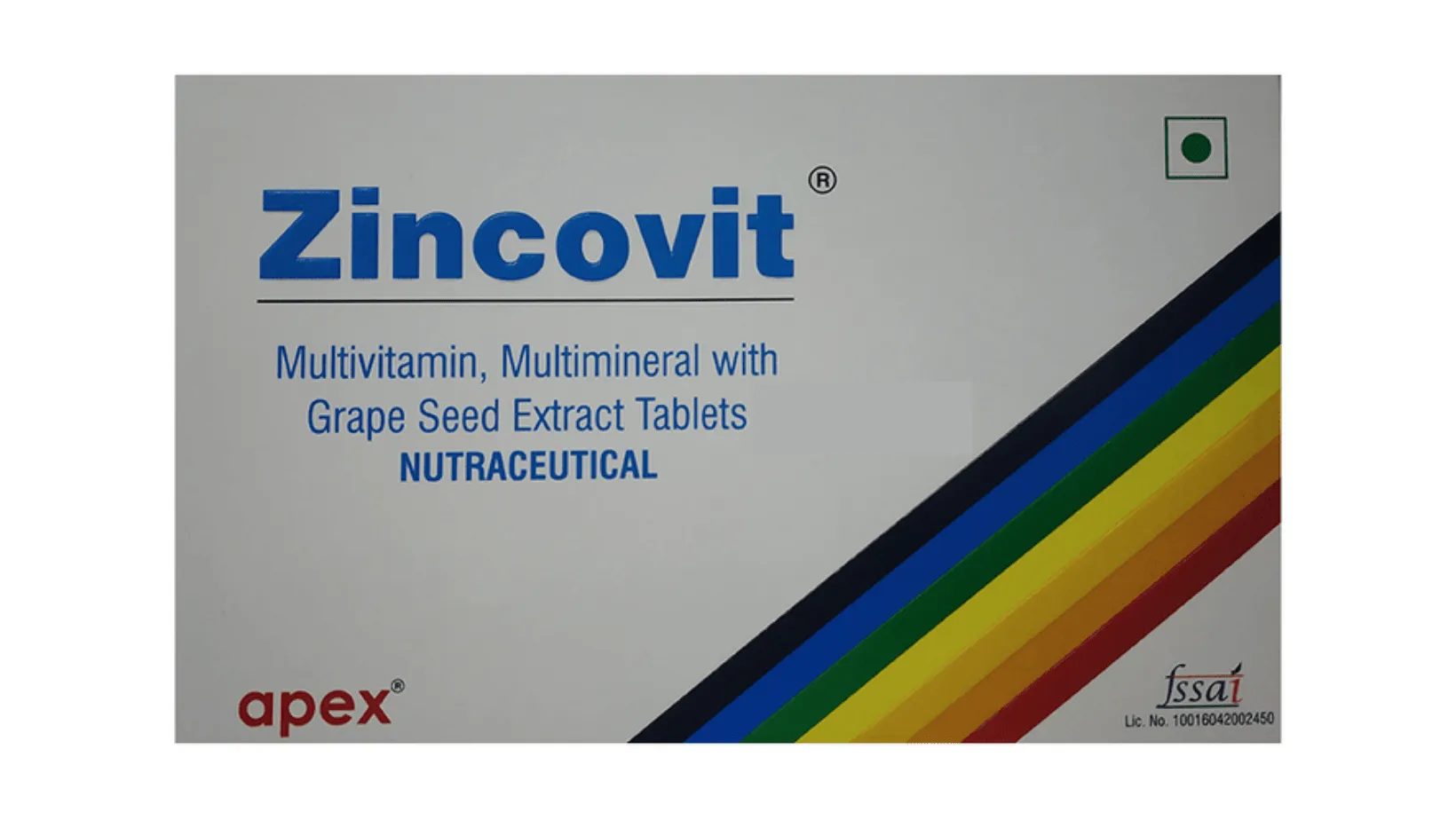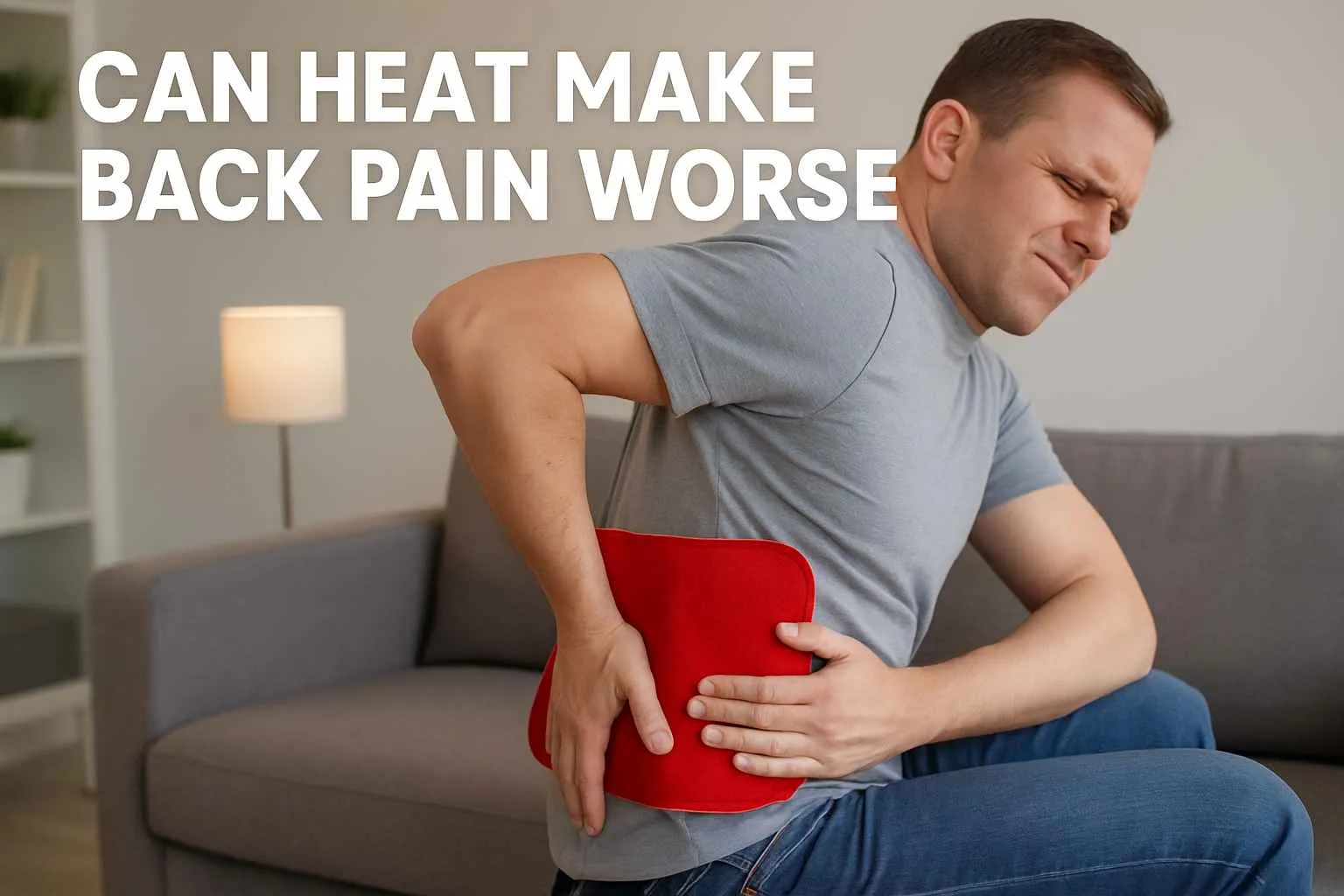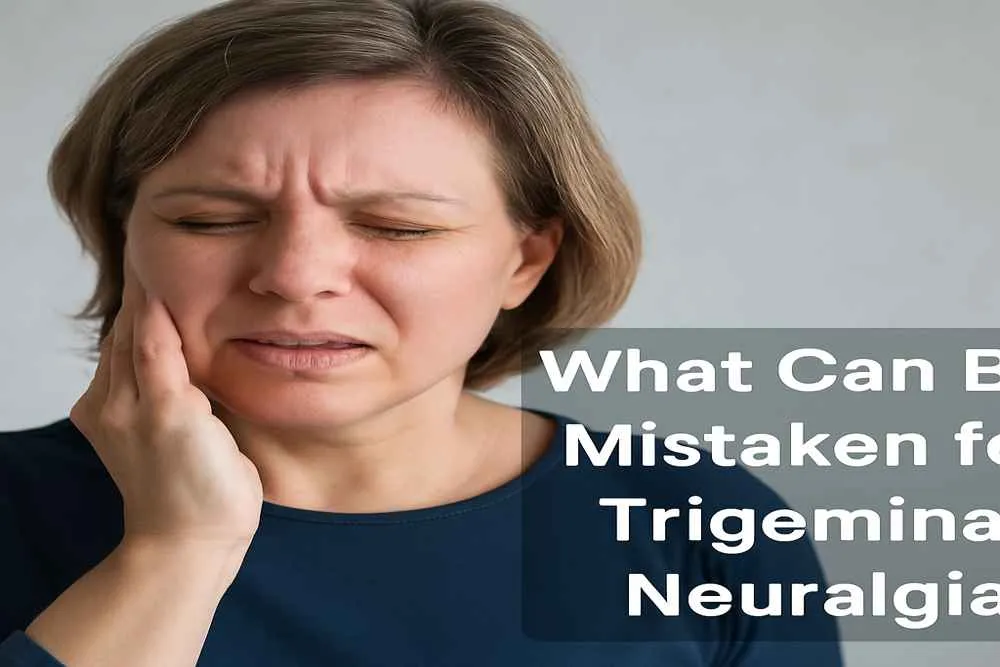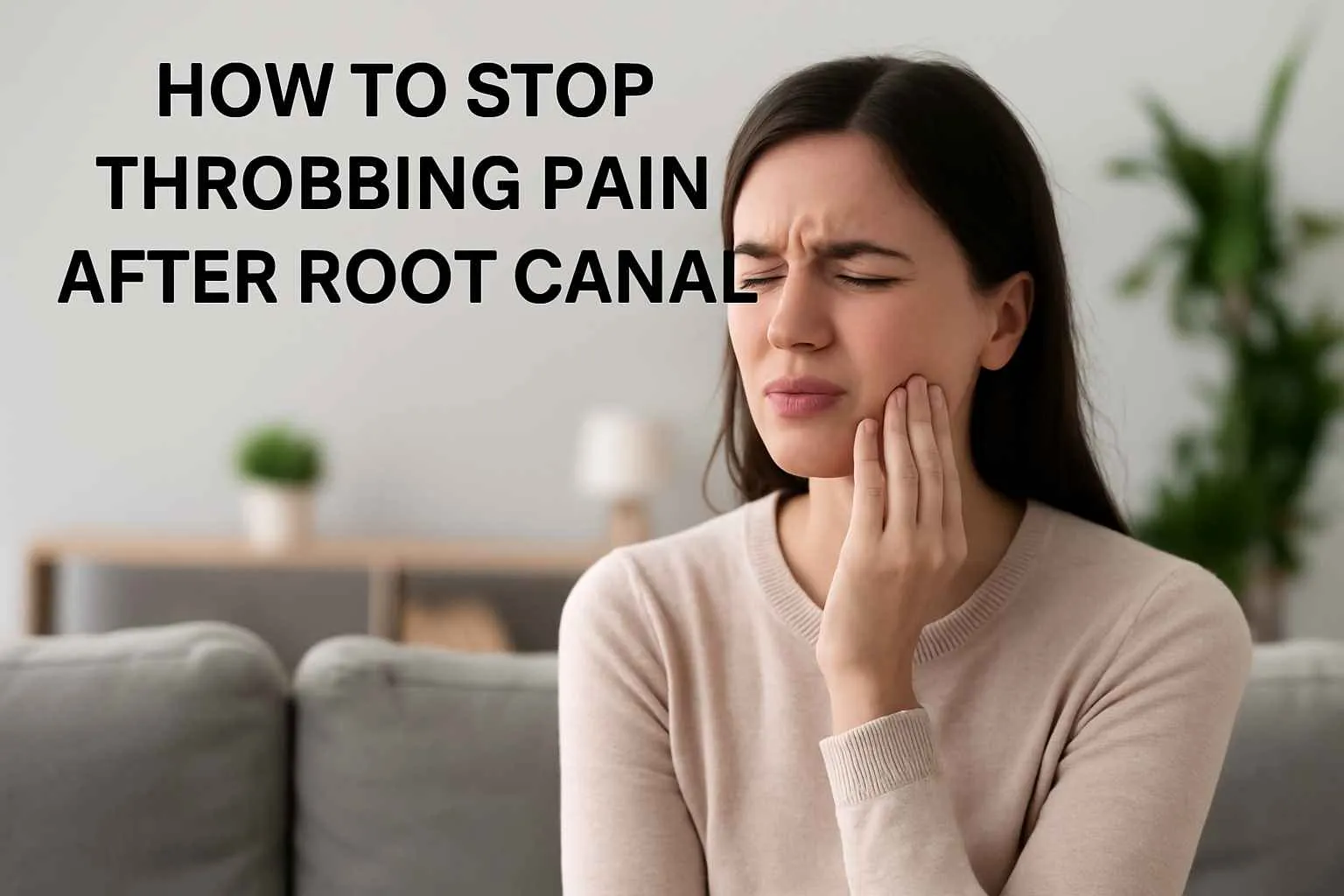Suffering from a toothache so bad, it made you consider pulling out the tooth yourself? Yeah, dental pain can hit that hard. When your dentist prescribes antibiotics for a tooth infection, the first thing you’re probably asking is: How soon will antibiotics stop tooth pain? That throbbing, burning, deep-seated pain, it’s exhausting.
But here's the deal: Antibiotics aren't instant magic. They work with your body, not against it, and that takes a little time. This guide explains how antibiotics work, when you should feel relief, what to do while you wait, and most importantly, what it means if the pain doesn’t go away.
How Soon Will Antibiotics Stop Tooth Pain?
If the antibiotic is appropriate and the infection is bacterial, pain and swelling typically begin to improve within 24 to 48 hours.
Study insight: A 2015 NIH-funded study published in The Journal of Oral and Maxillofacial Surgery found that 98.6% of patients experienced a reduction in swelling and fever within 2 to 3 days, but only when antibiotics were combined with drainage. That gives us a solid benchmark; most people should feel better by the 48-hour mark if treatment is working as it should.
Here's What You Can Expect:
| Time Since First Dose | What You Might Feel |
|---|---|
| 0–12 hours | Minimal change, antibiotics are still building |
| 12–24 hours | Swelling may begin to reduce slightly |
| 24–48 hours | Noticeable pain relief if antibiotics are working |
| 48–72 hours | Pain and swelling should continue to improve |
| After 72 hours | No change? Return to your dentist immediately |
How Antibiotics Actually Work (And What They Don’t Do)
To understand how antibiotics ease tooth pain, it's useful to break down what's happening under the surface. When harmful bacteria multiply in or around a damaged tooth, your immune system goes into overdrive, creating inflammation, swelling, and pain. Antibiotics step in to weaken or kill these bacteria.
But they don't numb the nerves; that's where your dentist's tools come in later.
Antibiotics target the bacterial source of the infection, not the pain itself. Here's how the process unfolds step-by-step:
1. Antibiotics Reach the Infection Site
They travel through your bloodstream and reach infected tissues. It takes time, usually several hours after the first dose.
2. Bacteria Start to Die Off
The antibiotics slow or stop bacterial growth, but don’t kill everything immediately.
3. Inflammation Begins to Drop
As bacterial numbers fall, swelling reduces. That’s when pain begins to subside.
4. Immune System Clears Up the Rest
Your body removes dead bacteria and repairs damaged tissues. But if pus or fluid is trapped (like in an abscess), your dentist may need to drain it.
Important: Antibiotics won’t numb nerves or fix the damaged tooth. That requires a dental procedure (like a root canal or extraction).
How to Relieve Tooth Pain While Waiting for Antibiotics to Work
Honestly, waiting for antibiotics to kick in can feel like watching paint dry, with your face on fire. Since pain won’t vanish in a snap, here’s how to cope during those first 24–48 hours:
Try these strategies:
1. Painkillers (OTC)
Ibuprofen or acetaminophen can take the edge off. Stick to recommended doses. They don’t heal anything, but help with pain and swelling.
2. Cold Compress
Apply to the outside of your cheek. Helps reduce inflammation and numbs the area. Ten minutes on, ten off.
3. Saltwater Rinses
A warm rinse with salt can calm irritated gums and flush out bacteria. Don’t swallow it.
4. Avoid Trigger Foods
Skip sugary stuff, crunchy chips, or anything too hot or cold. These can poke at sensitive spots and worsen the ache.
5. Keep Your Head Elevated
Especially when sleeping. Lying flat increases blood pressure in the head, which can worsen pain.
6. Topical Numbing Gels
Over-the-counter gels like benzocaine can temporarily numb the area. It’s short-lived, but every minute counts when you're waiting.
Note: Avoid heat packs unless advised by a dentist, as they can worsen certain infections.
Most Common Antibiotics Prescribed for Tooth Infections
Some antibiotics are better suited for tooth infections than others. Dentists don’t just pick at random. They consider the type of bacteria, the severity of the infection, allergies, and more. Here's a snapshot of what you might be prescribed:
|
Antibiotic |
Best For/Common Use |
Notes |
|
Amoxicillin |
Mild to moderate infections |
First-line; effective in most dental cases |
|
Penicillin VK |
Classic choice for tooth infections |
Often used unless an allergy is noted |
|
Clindamycin |
For penicillin-allergic patients |
Effective against resistant strains |
|
Metronidazole |
Anaerobic bacterial infections |
Often used in combination with other antibiotics |
|
Azithromycin |
Alternative for those with multiple allergies |
Not first-line but useful in certain cases |
|
Cephalexin |
Similar to penicillin |
Used when others can’t be prescribed |
Clindamycin is especially useful in patients who can't take penicillin. It has a broader spectrum and can get deep into the infected tissue.
But here's the reminder again: Antibiotics don’t fix the underlying dental issue. They only hold the infection at bay until your dentist can intervene.
Can Tooth Pain Return After Antibiotics?
Yes. Unfortunately. Pain relief from antibiotics might feel like a victory, but if the underlying issue, decay, abscess, or damaged nerve, isn’t treated, the infection can bounce right back. Antibiotics are not a substitute for dental procedures.
Common Reasons for Pain Returning After Antibiotics:
| Possible Cause | What It Means |
|---|---|
| The tooth wasn’t properly cleaned or drained | Pus or debris may still be trapped, especially if you had an abscess. |
| Reinfection | Bacteria may re-enter the area due to an untreated cavity, a cracked tooth, or a failed root canal. |
| Antibiotic resistance | Some bacteria don’t respond to standard antibiotics, requiring a different drug. |
| Another infected tooth | The pain may seem like it's in the same place, but the source could be adjacent. |
| Non-bacterial cause of pain | Not all toothaches are due to bacterial infections; some are due to nerve damage or trauma. |
So, if that pain comes creeping back after a few days or weeks, don’t ignore it. Your dentist needs to reassess. Sometimes the tooth may need extraction or a root canal even after the infection subsides.
When to See Your Dentist Again (Even If You Feel Better)
Antibiotics are only part of the treatment. You must follow up with your dentist to address the underlying problem, whether it’s decay, a cracked tooth, or a dead nerve.
You need to follow up. No exceptions. Pain gone or not.
Revisit your dentist immediately if:
-
There’s no improvement in pain after 48–72 hours.
-
Swelling gets worse or spreads to your neck, eye, or face.
-
You experience fever, nausea, or chills.
-
You can’t open your mouth properly or have trouble swallowing.
- You feel pain after finishing the antibiotics
Even if the pain seems gone, you may still need:
-
A filling (if decay was the source)
-
A root canal (if the nerve is damaged or infected)
-
Tooth extraction (if the structure is too compromised)
Don’t ignore your dentist just because the pills made the pain stop. That pain relief is temporary, without dental work, the infection could return and spread.
Final Thoughts
Antibiotics can help with tooth pain, but only to a point. They’re a tool, not the fix. Real relief comes when the dentist removes the infected tissue and seals off the problem. And let’s be honest, waiting for pills to kick in while your face feels like it’s pulsing isn’t fun. But knowing how soon antibiotics will stop tooth pain gives you some peace.
While you wait for antibiotics to work:
-
Manage your symptoms with OTC pain relief and home care
-
Know the signs of improvement and the red flags
-
Prioritize your follow-up visit, even if you’re feeling better
Because skipping the dentist means you’re just hitting snooze on a problem that will scream even louder the next time.
So, take the meds, keep the follow-up, and don’t ghost your dentist. Otherwise, you’re just hitting snooze on a problem that’ll come back louder next time.
Frequently Asked Questions
Can antibiotics cure a tooth infection without other treatment?
Not really. Antibiotics only manage the infection temporarily. The tooth still needs treatment to remove the infected pulp or decay.
How do I know if antibiotics are working for my tooth infection?
Look for reduced swelling, less pressure, and milder pain within 48 hours. That’s a good sign that antibiotics are working.
Why are antibiotics not helping my tooth pain?
It could be antibiotic resistance, incorrect type, or the infection is walled off and needs drainage. Go back to your dentist ASAP.
What’s the best antibiotic for a severe tooth infection?
Amoxicillin or Clindamycin is commonly used. But the "best" one depends on your specific situation, allergies, and severity.
How can I speed up healing from a tooth infection?
Rest, hydration, proper oral hygiene, follow your antibiotic course, and don’t delay dental procedures once inflammation settles.
Reviewed by







